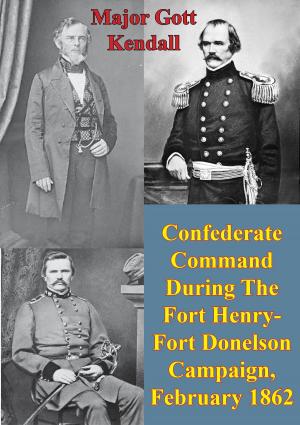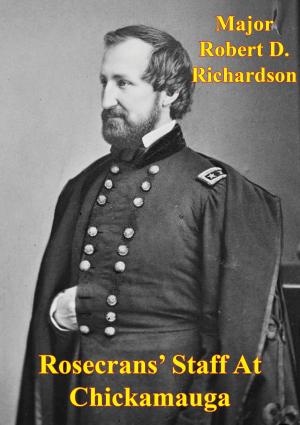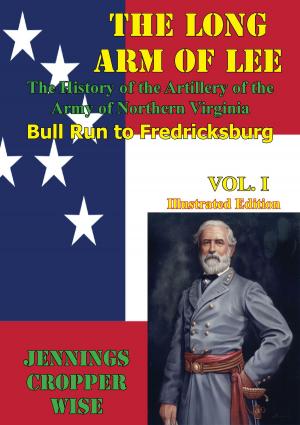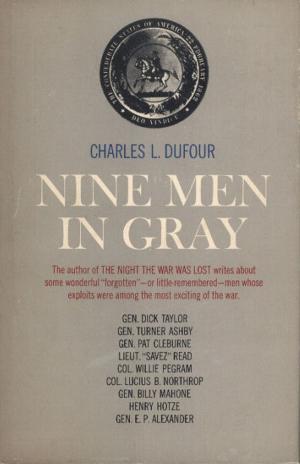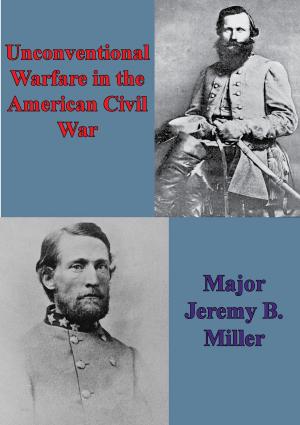Staff Ride Guide - The Battle Of First Bull Run [Illustrated Edition]
Nonfiction, History, Modern, 19th Century, Americas, United States, Civil War Period (1850-1877), Military| Author: | Ted Ballard | ISBN: | 9781782894599 |
| Publisher: | Golden Springs Publishing | Publication: | August 15, 2014 |
| Imprint: | Golden Springs Publishing | Language: | English |
| Author: | Ted Ballard |
| ISBN: | 9781782894599 |
| Publisher: | Golden Springs Publishing |
| Publication: | August 15, 2014 |
| Imprint: | Golden Springs Publishing |
| Language: | English |
Illustrated with 12 maps and 15 Illustrations.
On 16 July 1861, the largest army ever assembled on the North American continent up to that time marched from the vicinity of Washington, D.C., toward Manassas Junction, thirty miles to the southwest. Commanded by newly promoted Brig. Gen. Irvin McDowell, the Union force consisted of partly trained militia with ninety-day enlistments (almost untrained volunteers) and three newly organized battalions of Regulars. Many soldiers, unaccustomed to military discipline or road marches, left the ranks to obtain water, gather blackberries, or simply to rest as the march progressed.
Near Manassas, along a meandering stream known as Bull Run, waited the similarly untrained Confederate army commanded by Brig. Gen. Pierre G. T. Beauregard. This army would soon be joined by another Confederate force, commanded by General Joseph E. Johnston.
After a minor clash of arms on 18 July, McDowell launched the first major land battle of the Civil War by attempting to turn the Confederate left flank on 21 July. A series of uncoordinated and sometimes confusing attacks and counterattacks by both sides finally ended in a defeat for the Union Army and its withdrawal to Washington.
The Battle of First Bull Run highlighted many of the problems and deficiencies that were typical of the first year of the war. Units were committed piecemeal, attacks were frontal, infantry failed to protect exposed artillery, tactical intelligence was nil, and neither commander was able to employ his whole force effectively. McDowell, with 35,000 men, was only able to commit about 18,000, and the combined Confederate forces, with about 32,000 men, committed only 18,000.
Illustrated with 12 maps and 15 Illustrations.
On 16 July 1861, the largest army ever assembled on the North American continent up to that time marched from the vicinity of Washington, D.C., toward Manassas Junction, thirty miles to the southwest. Commanded by newly promoted Brig. Gen. Irvin McDowell, the Union force consisted of partly trained militia with ninety-day enlistments (almost untrained volunteers) and three newly organized battalions of Regulars. Many soldiers, unaccustomed to military discipline or road marches, left the ranks to obtain water, gather blackberries, or simply to rest as the march progressed.
Near Manassas, along a meandering stream known as Bull Run, waited the similarly untrained Confederate army commanded by Brig. Gen. Pierre G. T. Beauregard. This army would soon be joined by another Confederate force, commanded by General Joseph E. Johnston.
After a minor clash of arms on 18 July, McDowell launched the first major land battle of the Civil War by attempting to turn the Confederate left flank on 21 July. A series of uncoordinated and sometimes confusing attacks and counterattacks by both sides finally ended in a defeat for the Union Army and its withdrawal to Washington.
The Battle of First Bull Run highlighted many of the problems and deficiencies that were typical of the first year of the war. Units were committed piecemeal, attacks were frontal, infantry failed to protect exposed artillery, tactical intelligence was nil, and neither commander was able to employ his whole force effectively. McDowell, with 35,000 men, was only able to commit about 18,000, and the combined Confederate forces, with about 32,000 men, committed only 18,000.
![Cover of the book Staff Ride Guide - The Battle Of First Bull Run [Illustrated Edition] by Ted Ballard, Golden Springs Publishing](https://www.kuoky.com/images/2014/august/500x500/9781782894599-MCut_500x.jpg)

